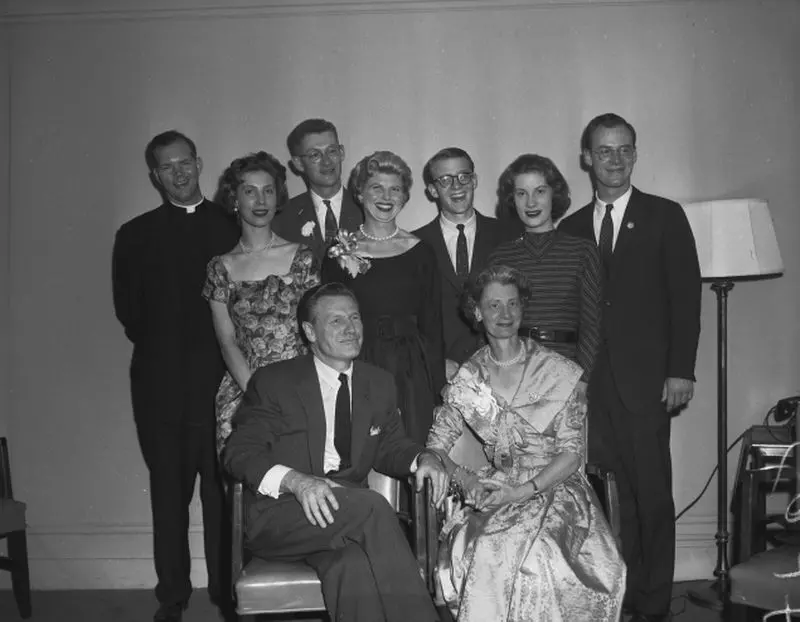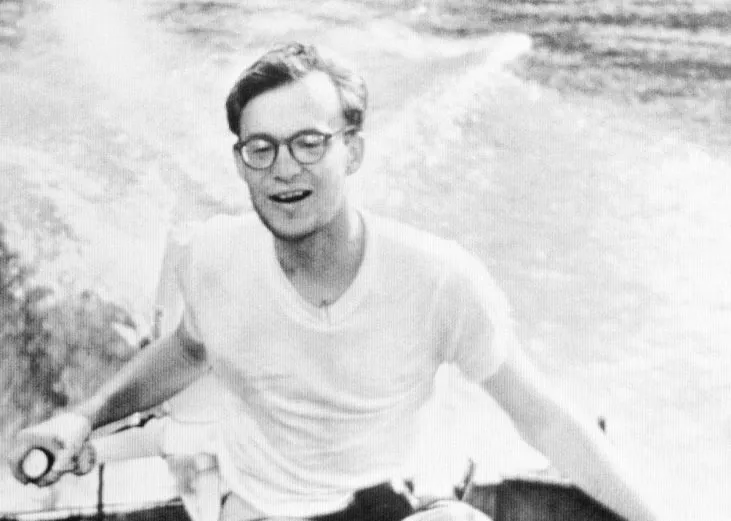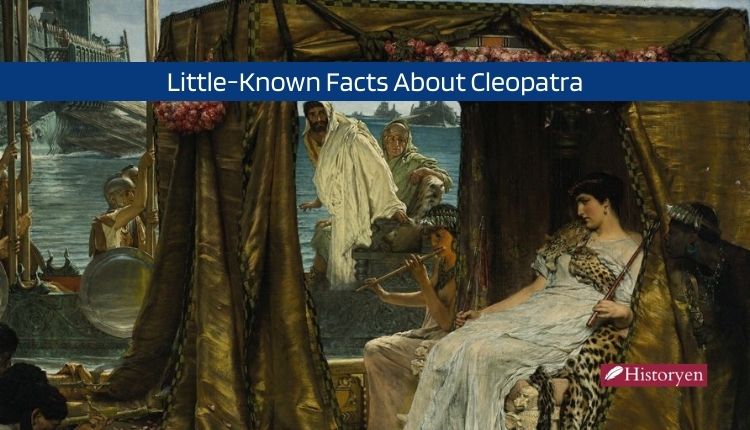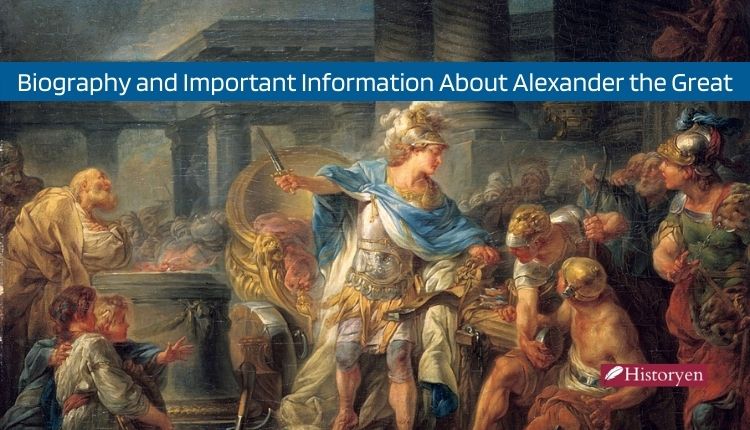The story of Michael Rockefeller’s existence and enigmatic vanishing has fascinated individuals worldwide. Born into a life of luxury and possibilities as the son of the esteemed American billionaire and philanthropist Nelson Rockefeller, Michael’s yearning for adventure propelled him to embark on a quest to discover the isolated areas of Papua New Guinea. Tragically, he disappeared under perplexing circumstances. In this article, we will look at the captivating life of Michael Rockefeller and the events surrounding his disappearance.
Early Life and Background of Michael Rockefeller

Michael Rockefeller was born on May 18, 1938, into one of America’s most influential families. He was the fourth of six children born to Nelson Rockefeller and Mary Todhunter Rockefeller. Growing up in a household that valued education, culture, and public service, Michael was exposed to a world of privilege and intellectual curiosity from a young age.
His Passion for Art and Anthropology
While studying at Harvard University, Michael developed a strong fascination for art and anthropology. His focus primarily revolved around indigenous societies and their creative forms of expression. This enthusiasm motivated him to venture into the tribal communities of New Guinea, where he aimed to gain insight into their distinct customs and artistic methods.
The Asmat Tribe
One of the tribes that captivated Michael’s attention was the Asmat tribe, an indigenous group living in the remote jungles of southwestern New Guinea. The Asmat people were known for their intricate woodcarvings, vibrant rituals, and rich cultural heritage. Michael was eager to immerse himself in their way of life and document their art forms.
The Harvard-Peabody Expedition
In 1961, Michael joined an ambitious expedition led by the Harvard-Peabody Museum of Archaeology and Ethnology. The purpose of the expedition was to conduct anthropological research and collect artifacts from the Asmat tribe. Michael’s role was to document the cultural practices and create a visual record of the Asmat people’s daily lives.
Disappearance in New Guinea
Tragically, on November 19, 1961, Michael Rockefeller vanished without a trace during an ill-fated canoe trip off the coast of New Guinea. According to his companion, René Wassing, their canoe capsized, and they swam for several hours before deciding to separate in search of help. Michael opted to swim towards the distant shore while Wassing stayed near the overturned canoe. Wassing was eventually rescued, but Michael was never seen again.
Legacy and Impact
Michael Rockefeller’s legacy extends far beyond his untimely disappearance. His passion for art and anthropology left a lasting impact on the field. The artifacts collected during the Harvard-Peabody Expedition now reside in various museums, preserving the cultural heritage of the Asmat tribe. Additionally, his disappearance highlighted the challenges faced by explorers in remote regions and sparked discussions on cultural preservation and ethical considerations in anthropological research.
Conclusion
The life and disappearance of Michael Rockefeller continue to intrigue and haunt those who delve into the story. His quest for knowledge and cultural understanding took him to the far reaches of the world, where he ultimately met an uncertain fate. While the circumstances surrounding his disappearance may never be fully resolved, Michael’s legacy as an adventurer, art enthusiast, and advocate for indigenous cultures lives on.



